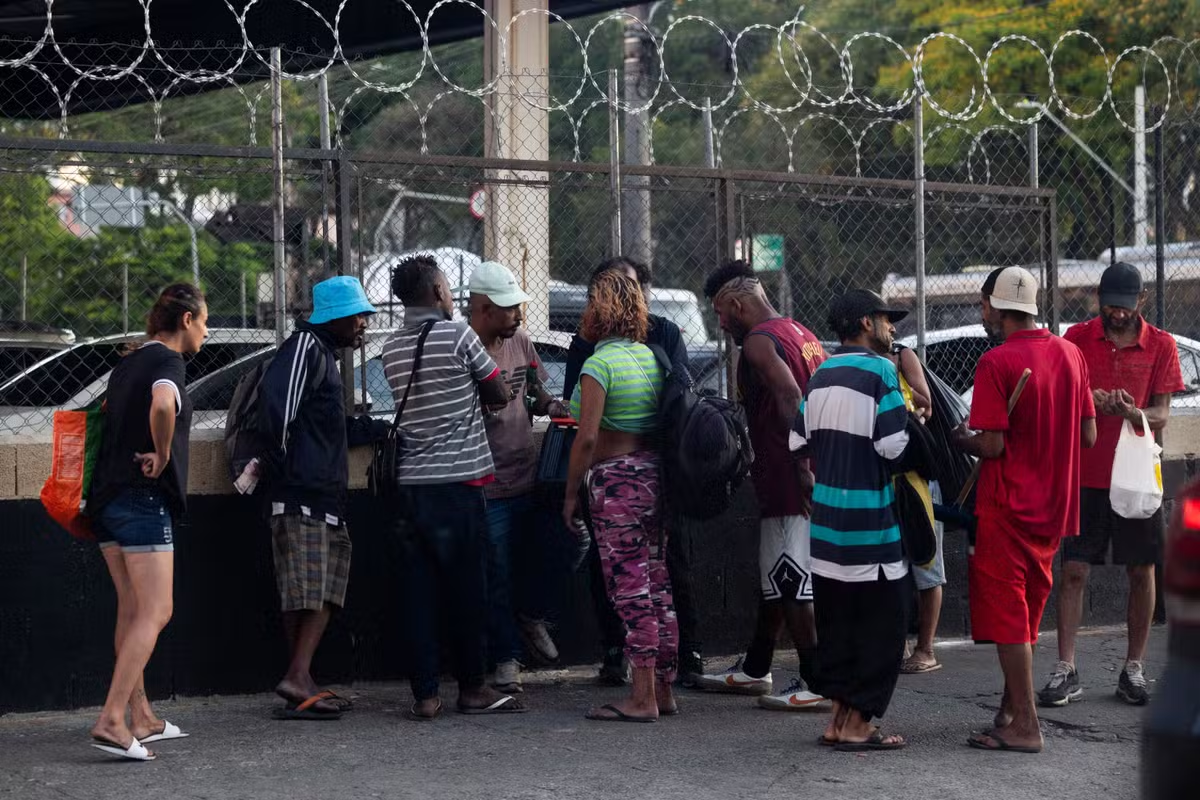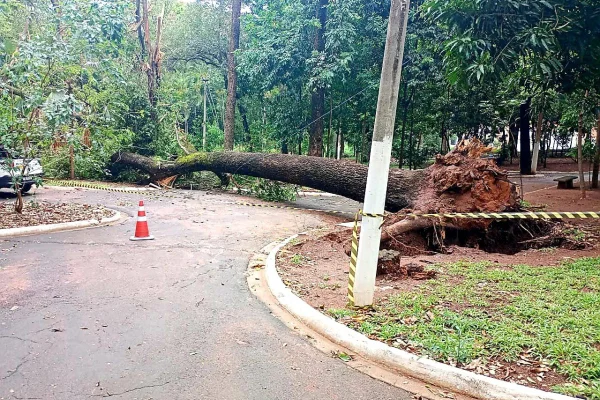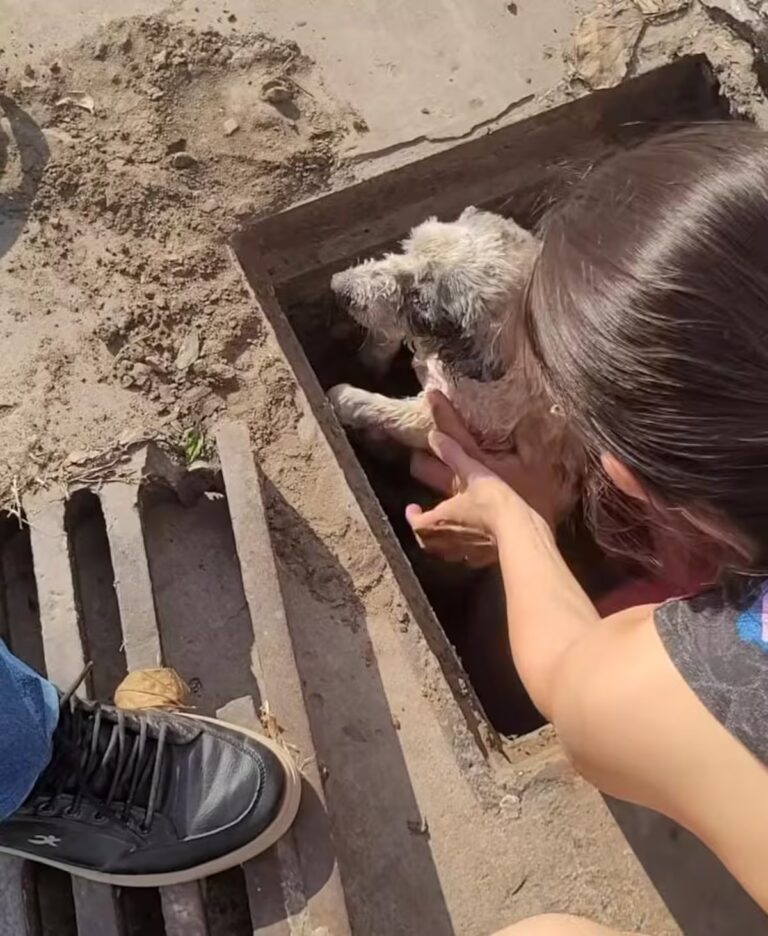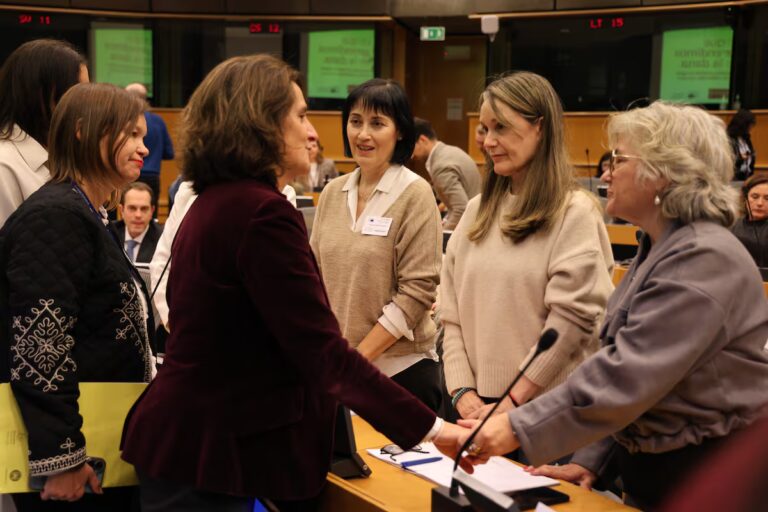
Prosecutor Artur Pinto Filho, who has worked in the health department of São Paulo’s public ministry for 13 years, says he is familiar with this scenario. As each election year approaches, violent operations against drug users intensify in the center of the capital, São Paulo. With drug addicts dispersing and large agglomerations emptied, government officials publicly announced the end of so-called Cracolandia. Six months after the latest attack of its kind, the state government has repeated history and declared the supposed end of the so-called “flow.”
- Mining irregular ores: Victim groups condemn agreement between Braskem and Alagoas state government to restore subsidence areas
- Pajuba: MPF calls for recognition of coded languages created by transgenders and transvestites as Brazil’s intangible heritage
But Filho says Cracolandia has only spread. In his assessment, users followed three paths. One was settled elsewhere in the center after being approached by the Metropolitan Civil Guard (GCM). They attended therapeutic communities and psychiatric hospitals, sometimes for short periods, and returned to the streets after about 15 days. In the end, he is branded a drug smuggler and sent to prison.
Other governments have already declared the end of Cracolandia. Is this really the end?
The flow did not stop and spread throughout the center. If you walk along the Marechal de Odro and under the Minhocan River, you will see that there are people there. The spread occurred for several reasons. The first is that GCM violence was very strong in the region throughout the year, but it has intensified since March. Those who were following the traditional trend could not stand it and left. I don’t know who organized the exit. But one day they all left. The second reason is that this time they sent him not only to a therapeutic community but also to a psychiatric hospital. Most admissions are voluntary. Users can come and go as they please. What happens in cases of hospitalization like this? The 2019 law states that its sole purpose is to eliminate the outbreak. The maximum length of stay is 90 days. We went to Cantareira Hospital to find out how long their stay would be. It is between the 15th and 20th. Third, there were many arrests of users believed to be drug dealers. A person in possession of a small amount of drugs. But he will end up being convicted because the law has not yet established the exact quantity (from possession for consumption to being considered trafficking). What is important are the words of the GCM who arrested him.
Did the state provide satisfactory social and health assistance?
No, what the state and local governments did was make the situation at the center even more chaotic and violent. All aid and medical services were removed from there. For example, we removed the cap (psychosocial care center), which was working very well. They did away with tents, places where people could drink coffee, do laundry, go to the bathroom. That’s scary. On the other hand, it was also an expression that promoted violence. On the other hand, the mechanisms that guaranteed a minimum level of civility that existed in this region were removed.
Which government are you referring to?
to the current government. The two governments, state and local, will act together in greater harmony than ever before.
What are the main problems with current programs to reintegrate users into society?
In the first month of government, a very good plan for Cracolandia was presented, but it was never implemented. For example, the project would have built 2,000 housing units in Villa Rencontro, a City Hall program that provides transitional housing for homeless people and families. They built several houses, but none of these houses were used by the people of Cracolandia. This is because in order to obtain such a house, celibacy is required of the person. But you can’t take someone out of Cracolandia and keep them celibate overnight. Until then, a harm reduction process is necessary.
What are the consequences of these actions?
Why is this all a hoax? There is no exit door at all. The person goes to a therapeutic community or psychiatric hospital and stays there for 15, 20, or 30 days. After he leaves, he has no job or housing. Nothing. The person leaves as they enter. Then we called all these people and asked for an explanation. They answered that people refer to Caps. We went to sample and see what happened to them. But nothing happened. Without a proper exit door, it becomes an icy mess.
The state government claims that the police operation in Favela do Moinho was essential to the end of Cracolandia. What do you think about this evaluation?
Drug trafficking is not over at the Center or elsewhere in the capital. Cracolandia did not become widespread due to drug shortages. No such thing exists. It became widespread because of these reasons I have listed.
Is this the first time that the Metropolitan Civil Guard is involved in these operations in such a leading role?
that’s right. In 2012, Operation Pain and Suffering was launched by the Prime Minister. Also the latter one. There has always been a GCM in this area. But she was never at the forefront. When I went to clean the streets or do laundry, the security guards did all that for me. However, it was not as systematic as it is today. Now, it is a public policy of violence, not isolated from soldiers and guards. We listened to the secretary (Orlando Morando, São Paulo City Security Department) and he completely denied that he had given the order… But I keep thinking: how can it be an individual thing when it is systemized and done in all the garrisons? The garrison does not act against the explicit orders of its commander.
In your experience, do these operations always occur before an election year?
everytime. These aren’t necessarily in an election year, but they are actually used by governments to deceive. Now, just like in the past, Cracolandia is not over. The infection is fluid in the capital, and its spread is not due to a lack of drugs.



